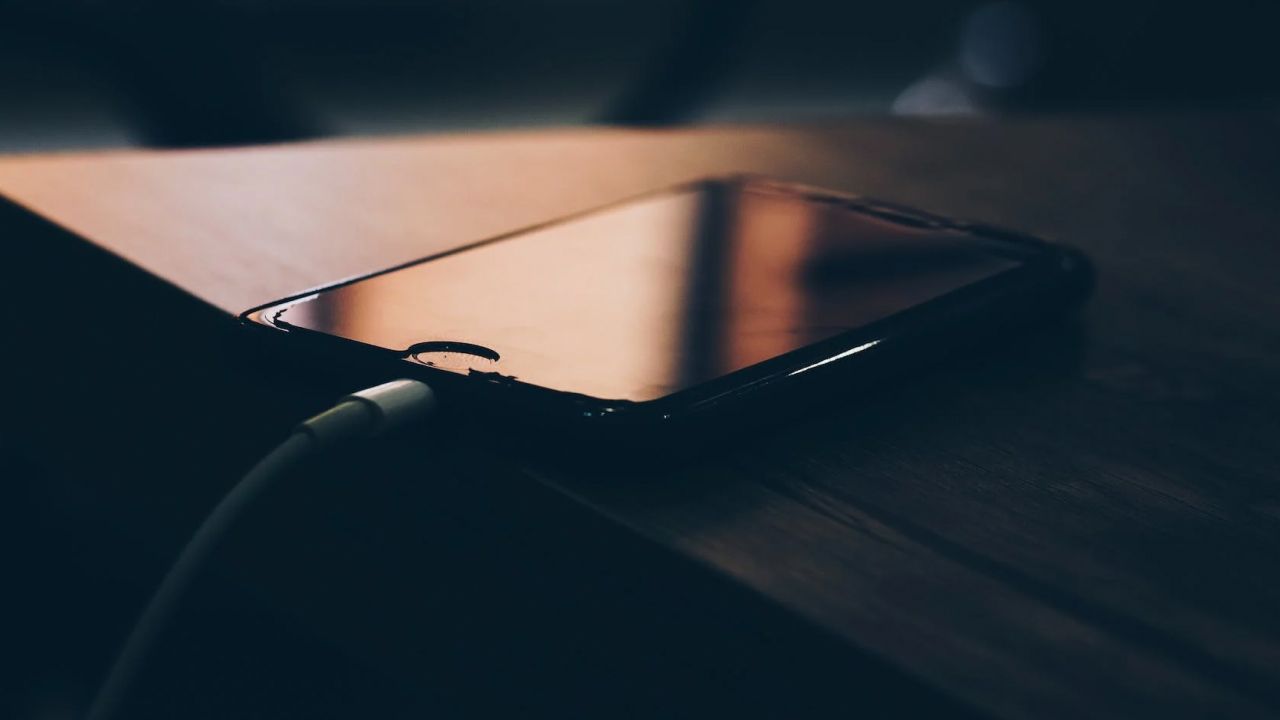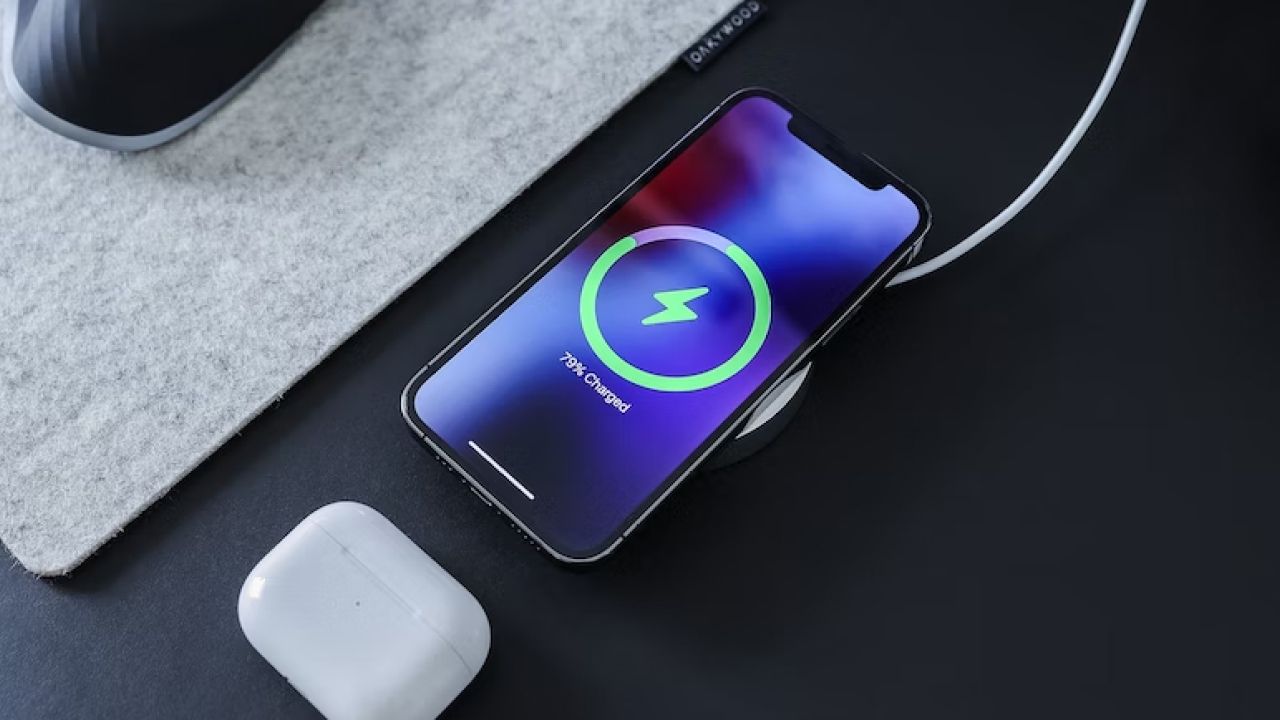iPhones inherently have excellent battery life. However, the spell only lasts for a short time as the battery’s health is depleted. Maintaining good battery health is more of a challenge than just plugging in your charger.
It’s best to keep your iPhone’s battery healthy with the right charging methods; Otherwise, you will end up with an iPhone that dies quickly. This guide will show you the best way to charge your iPhone properly.
Recent Articles
Choose the right charger for your iPhone
While it may not seem like a big deal, chargers play an important role in maintaining good battery health. Therefore, choosing the right charger for your iPhone is crucial. If you’re using a non-Apple charging adapter, look for the “Made for iPhone” logo.
When you see the logo on a charger, it means Apple has approved it for use with its products. If you connect an uncertified cable, a pop-up window will appear on the iPhone stating that the accessory may not be supported. Non-certified chargers will overcharge your iPhone while certified chargers will not.
Additionally, certified chargers charge quickly but slower when your iPhone hits the 80% mark to preserve battery power. On the other hand, non-certified chargers will continue to charge your iPhone at high wattage, degrading the battery’s health.
The same applies to charging cables, MagSafe or other wireless chargers. Therefore, it’s always best to use Apple charging adapters and cables, or those with the “Made for iPhone” logo.
How to charge your iPhone with a wired charger
After confirming you’re using the correct power adapter and cable for your iPhone, you’re ready to start charging. However, there are a few things you should keep in mind while charging your iPhone.
Your iPhone generates heat when you use a fast charger, e.g. B. the 20 W power supply. We know this is the best way to fast charge your iPhone, but it’s not perfect. So if you’re using a charging case, remove it before charging as it allows heat to escape through the iPhone.
If you have the time and a low wattage charging adapter e.g. B. a 5W or 12W adapter, use it instead of a fast charger. It generates less heat and doesn’t degrade battery health as quickly.
Even after removing the case, keep your iPhone on a raised surface to ensure it dissipates heat more effectively while charging. As a tip, place the case diagonally under your iPhone to raise it slightly higher off the surface.
How to charge your iPhone with a wireless charger
Apple added Qi wireless charging support starting with the iPhone 8. Finally, with the iPhone 12 series, Apple introduced MagSafe charging, which expanded the capabilities of standard wireless charging to make it the best way to charge iPhone wirelessly.
Whichever wireless charging technology you use, it will essentially do the same thing, albeit at different speeds. In addition, wireless chargers make charging your iPhone much more convenient.
As appealing as it sounds, wireless charging is slow and generates a lot of heat, which isn’t ideal for your iPhone. However, it’s okay to charge wirelessly sometimes, but only sometimes. Even if you charge wirelessly every day, there are a few things to keep in mind.
Before you wirelessly charge your iPhone, make sure you remove the case as this will ensure your iPhone stays attached to the wireless charging coil and charges efficiently. Place the iPhone in the center of the wireless charger so that it can take full advantage of wireless charging.
If your iPhone is compatible with MagSafe, use Apple’s MagSafe chargers instead of Qi-enabled wireless chargers. Additionally, if your iPhone doesn’t support MagSafe, you should avoid using MagSafe chargers with your iPhone.
Tips to avoid damaging your iPhone battery
While charging your iPhone is important, it’s also important to make sure you don’t otherwise damage your iPhone’s battery. So here are a few tips to avoid damaging your iPhone battery health:
Don’t charge your iPhone overnight
Maybe you prefer waking up in the morning with a full battery so you don’t have to worry about recharging your battery. This will keep your iPhone charged overnight. However, it is not good even if you have enabled optimized battery charging on your iPhone.
Stop loading to 100 percent every time
As a best practice, avoid constantly charging your iPhone to 100% and don’t let it drop below 25%. Ideally, keep the battery percentage between 30% and 80% to preserve your iPhone’s battery performance.
Avoid extreme temperatures
High temperatures can affect the battery health of your iPhone. If you are in a high temperature area, it is best not to perform heavy tasks on the iPhone, e.g. B. Playing games or using the camera for a long time, especially while charging.
If not, your iPhone’s temperature will rise to extreme levels, causing the iPhone to dim the screen and limit background tasks. Apple recommends keeping iPhone between 0°C and 35°C (32°F and 95°F).
Learn how to properly charge your iPhone
Ultimately, you can’t prevent your iPhone battery from depleting, but you can at least slow down the process with the tips above. However, we recommend turning on your iPhone’s optimized battery charging option immediately.
This saves you from having to replace your battery for a long time and gives you one less reason not to update your iPhone every year.





